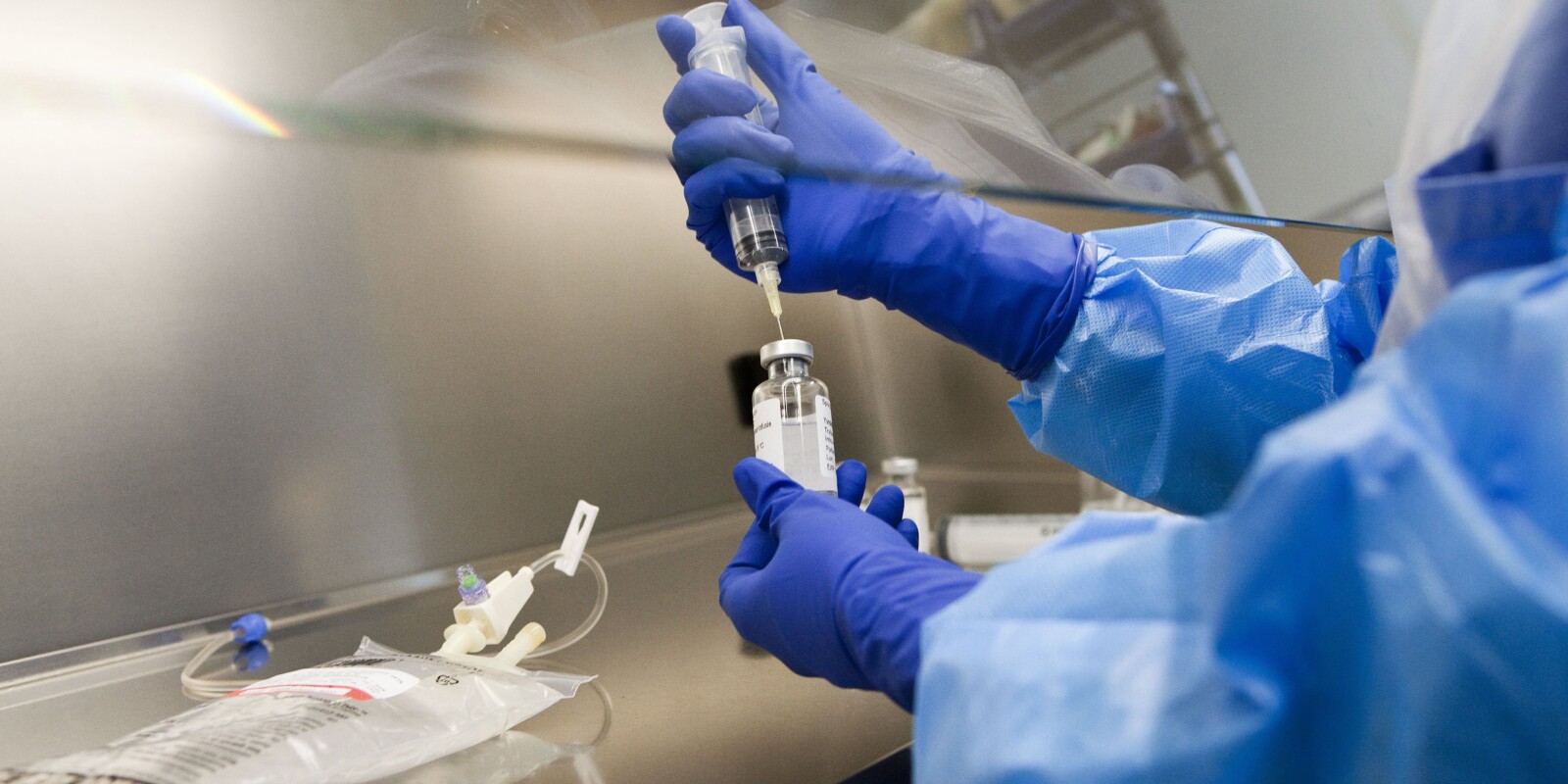Strengthening in-hospital drug purchasing

The costs of pharmaceutical drugs have increased significantly in recent years. The end of patent terms for various costly drugs offers opportunities to limit the increase in pharmaceutical costs, establishing strong purchasing organisations. Although hospitals do not announce negotiated drug discounts, national and international figures indicate that Dutch hospitals could pay lower prices. SiRM drew up a report offering concrete advice on achieving this.
Our report’s content is based primarily on interviews and was enriched and contextualised through desk research. We refined these results via an expert meeting and written feedback from involved experts.
There is an argument for rigorously redesigning the current drug-purchasing model for expensive drugs, primarily bought by hospitals. For example, a new model could address the challenge of keeping drugs affordable in the Netherlands more successfully, potentially including other parties’ purchasing, e.g. healthcare insurers or the Ministry of Health, Welfare and Sport. A new model might include national or even European-level to increase purchasing power by increasing scale. However, our research indicates that there is no simple solution for the complex problem of affordability. Instead, we believe that the answer lies in incremental innovation and the gradual improvement of existing structures and processes.
Hospitals can strengthen drug purchasing by systematically following five effective-purchasing steps within their systems and/or in the purchasing organisation they are affiliated with: (1) determine medical policy and volume, (2) issue a purchasing mandate, (3) negotiate with the manufacturer, (4) implement the purchasing policy and (5) monitor the prescription policy. Interviews demonstrated that the following three elements were particularly important in undertaking these steps:
- Medical specialists should be involved in formulating the medical purchasing policy (step 1) in their own hospital since they are ‘at the helm’ of implementing the contractual agreements.
- Those involved in a particular hospital may not make separate agreements with drug suppliers once the purchasing mandate has been issued to their hospital’s purchasing team or the joint purchasing organisation (step 2). Compliance with contract agreements determines the purchasing organisation’s credibility and thus their purchasing power.
- Regular benchmarking information is essential in implementing the purchasing policy (step 5). Feedback helps raise prescribers’ awareness of prescribing behaviour, offering potential leverage for securing medical specialists’ support for the purchasing policy.



